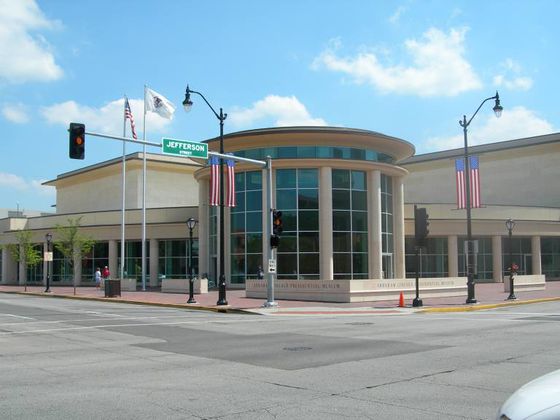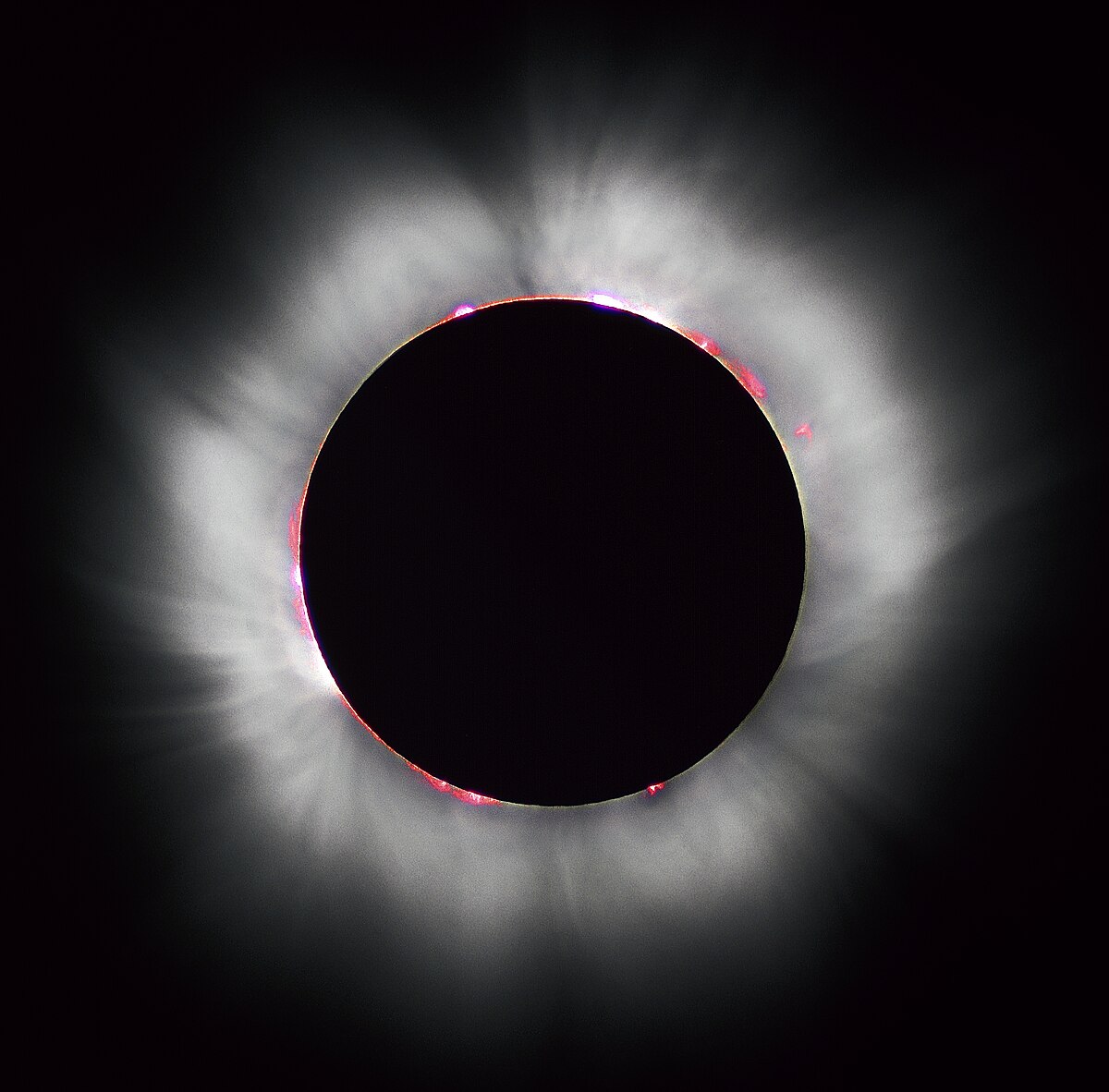- Details

Are you looking for something fun and free to do this month?
Museums across the state are offering free admission to Illinois residents.
As long as you show proof of residency, you get free admission!
- Details

On April 8, people in Illinois will have the opportunity to witness one of nature’s most awe-inspiring phenomena – a total solar eclipse. This rare event occurs when the moon passes between the earth and the sun, which casts a shadow that completely blocks out the sun’s light, turning day into an eerie twilight.
Illinois, known for diverse landscapes and star-studded skies, will serve as an ideal viewing location for this celestial spectacle. The path of totality – the area where the sun is completely obscured by the moon – will include the southern tip of Illinois as well as other states.
- Details
 Todd Snyder is our March Artist of the Month. He is a nationally recognized fine artist from East Peoria and has worked as a professional oil painter since 1986. Snyder earned an associate degree in commercial art from the Rocky Mountain College of Art and Design in Denver, Colorado and has since lived in central Illinois.
Todd Snyder is our March Artist of the Month. He is a nationally recognized fine artist from East Peoria and has worked as a professional oil painter since 1986. Snyder earned an associate degree in commercial art from the Rocky Mountain College of Art and Design in Denver, Colorado and has since lived in central Illinois.
The multitude of paintings Snyder produced throughout his career depict local urban landscapes and architecture in magical realist style reminiscent of the German New Objectivity painters of the early 20th century. He combines elements of surrealism with his subject matter to fashion his own style of “industrial surrealism” in all of his work.
According to Snyder, his paintings are synthesized productions of his imagination, which include a combination of heavy industrial machinery, cityscapes and images of his immediate surroundings. He aims to create ambiguity and tension in his illustrations in order to reflect the surreal nature of our world and leave the viewer with a fragmented, unresolved story about what they are seeing.
- Details

Springtime in Illinois brings longer days and warmer temperatures, but most importantly, nature begins to bloom and the state transforms, bringing with it mesmerizing sights.
In honor of the first day of spring, here are a few butterfly and botanical gardens to welcome the new season:
Kim St. John Butterfly Habitat
Constructed in 2013 through a partnership between Wildlife Prairie Park and the University of Illinois Extension Master Gardeners, the butterfly enclosure is the largest native habitat in downstate Illinois. It contains pollinator and host plants for native Illinois butterflies to make the habitat their home. Some notable butterflies include Monarch, Viceroy, Pipevine, Swallowtail and more.
Nicholas Conservatory & Gardens
In Rockford, the Nicholas Conservatory & Gardens is the third largest conservatory in Illinois, bringing the tropics to the Midwest year-round. Starting March 23, visit the conservatory to experience the Secret Life of Butterflies and get an up-close look at the butterfly lifecycle.
Peggy Notebaert Nature Museum
Operated by the Chicago Academy of Sciences, the Peggy Notebaert Nature Museum is a natural history museum featuring various exhibits and play spaces for young children. Their Butterfly Haven is a 2,700 square-foot greenhouse where visitors can bask amongst flowers and tropical trees while witnessing 1,000 free-flying butterflies from over 40 different species.
Happy spring!
- Details

Music in our schools day happens every year on March 6. Music is an important part of a well-rounded education. High school students who take part in music courses are more likely to have higher GPAs and attendance rates than students who do not participate in music education.
The arts are essential to a complete and competitive education for all students. Through the arts, students learn critical thinking, effective communication, collaboration and creative problem solving. Music education has also been linked to better emotional regularity and an increase in verbal memory.
Illinois’ public schools have a lot to offer on the music education front, and one of the ways to support music in schools is attending one of your local schools’ concerts. The Illinois Music Education Association is a big supporter of music in schools. They have yearly band, orchestra, jazz and choral performances where students from all high schools in Illinois come together for one performance. Another way they help encourage music in schools is by pairing music teachers with current job openings. Celebrate Music in our Schools day by supporting your local school music concert and events.



